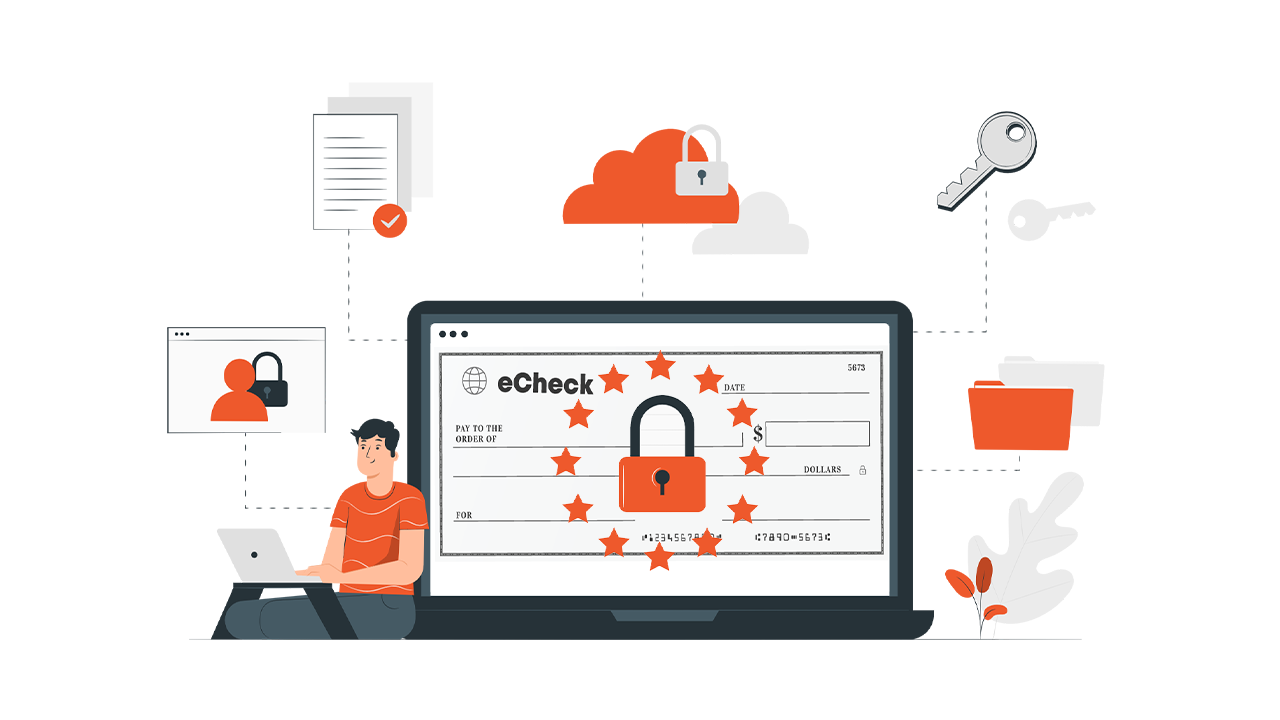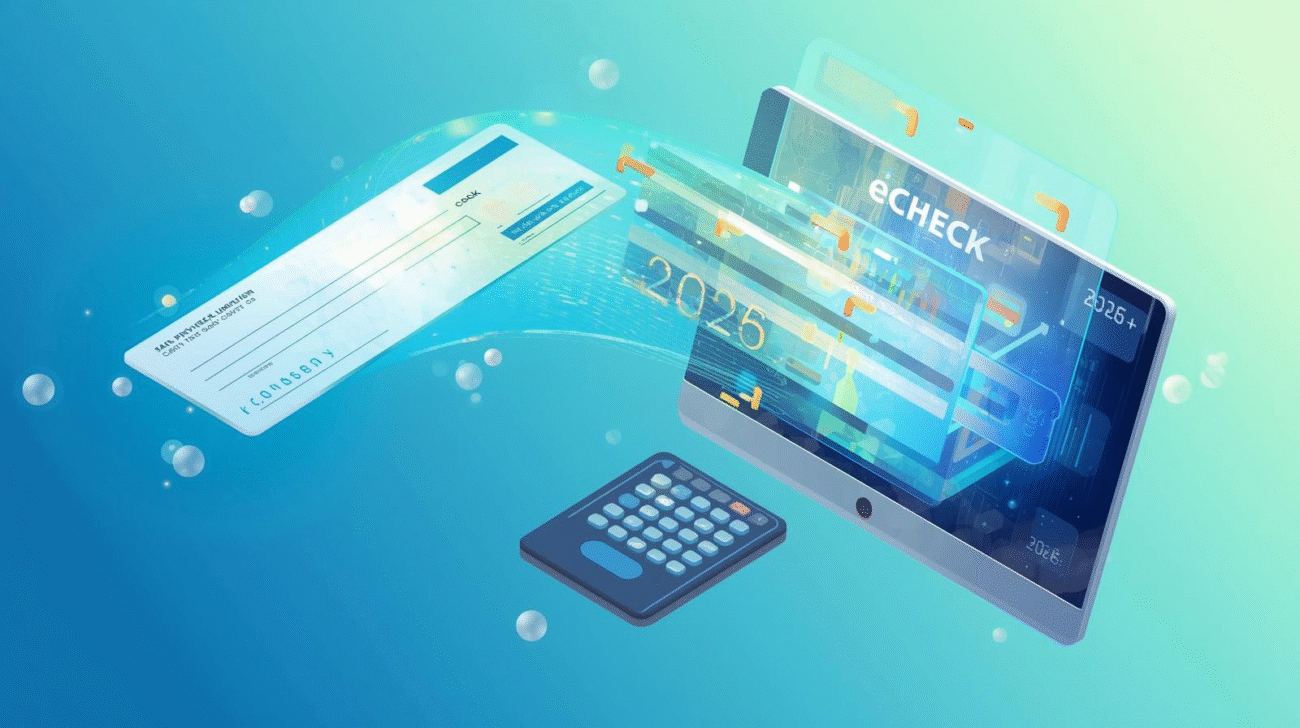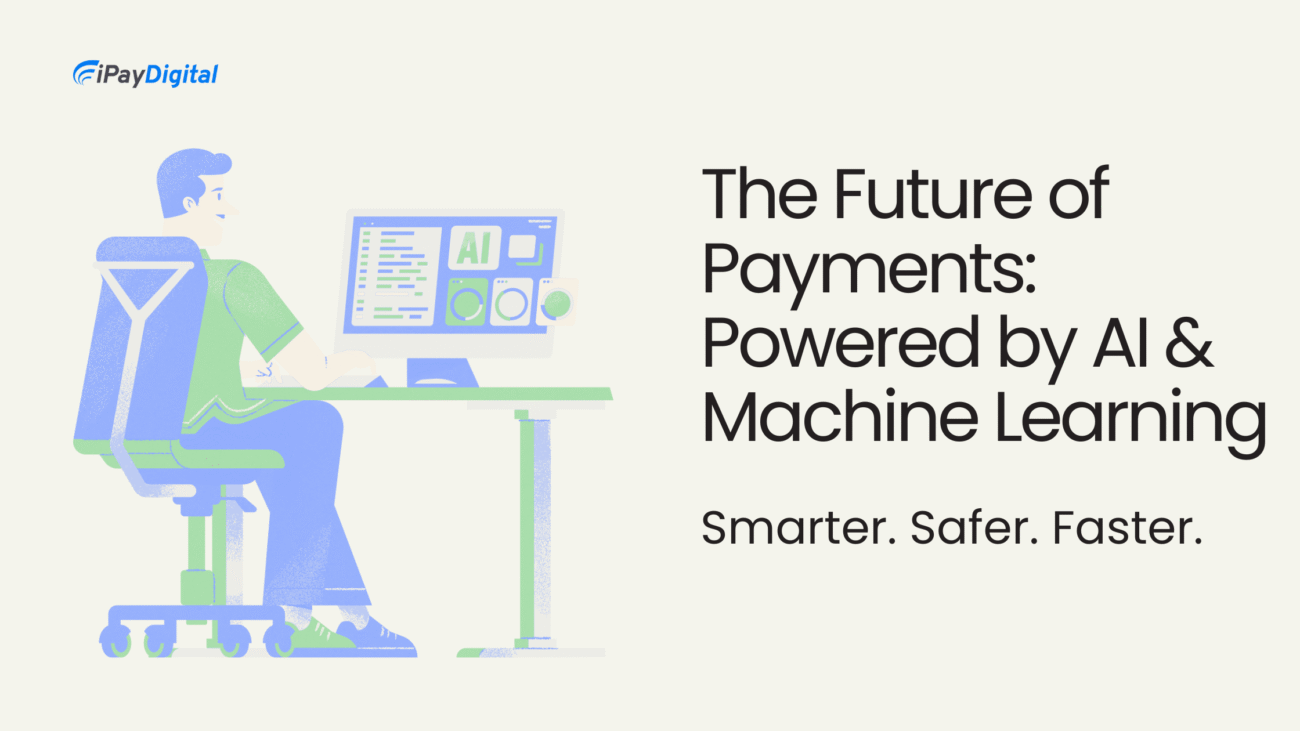Understanding eChecks — A Digital Evolution of Traditional Checks:
In an era dominated by digital advancements, traditional payment methods like paper checks are evolving into more agile and efficient alternatives such as eChecks. Before diving into the intricacies of eCheck verification, it’s essential to comprehend the concept of eChecks. Essentially, an eCheck, or electronic check, is the digital equivalent of a paper check, streamlining payments through electronic systems.
The Need for eCheck Verification — Mitigating Risks in the Digital Realm:
As businesses and consumers embrace the convenience of electronic payments, securing these transactions becomes paramount. Despite the advantages of eChecks, including faster processing times and reduced costs, they are not immune to risks like fraud and unauthorized transactions. This is where eCheck verification becomes a robust shield against potential threats.
Enhanced Authentication Processes:
A primary mechanism in eCheck verification involves enhanced authentication, incorporating multi-factor methods beyond traditional usernames and passwords. Factors like biometrics or one-time passcodes ensure that only authorized users can initiate and approve transactions.
Real-Time Monitoring and Fraud Detection
TTo combat evolving threats, eCheck verification systems employ real-time monitoring and advanced fraud detection algorithms. By analyzing transaction patterns and flagging anomalies, these systems promptly identify and respond to potential fraud, adding an extra layer of protection.
Key Components of eCheck Verification Systems:
Understanding the efficacy of eCheck verification requires delving into its key components:
1. Digital Signatures: Cryptographic signatures ensure the authenticity of eChecks, verifying the legitimacy of the sender and confirming that the content remains unaltered during transmission.
2. Encryption Protocols: Robust encryption protocols safeguard sensitive information within eChecks, preventing unauthorized access and maintaining the confidentiality of financial transactions.
3. Secure Transmission Protocols: The transmission of eChecks involves secure protocols like Transport Layer Security (TLS) or Secure Sockets Layer (SSL), encrypting the communication channel and thwarting data interception or manipulation attempts.
4. Compliance with Regulatory Standards: eCheck verification systems adhere to stringent regulatory standards, aligning processes and technologies with industry best practices for secure transactions.
Benefits of eCheck Verification for Businesses and Consumers:
The implementation of eCheck verification extends benefits to both businesses and consumers:
1. Improved Transaction Efficiency: Accelerating the transaction process, eCheck verification reduces time and effort for financial interactions, providing quicker access to funds for businesses and faster payment processing for consumers.
2. Enhanced Security Measures: Advanced security measures instill confidence in businesses and consumers, mitigating the risk of fraud and unauthorized access, and fostering a secure digital financial environment.
3. Cost Savings: The efficiency of eChecks, coupled with security provided by verification systems, translates into cost savings. Reduced processing times and minimized fraud instances contribute to a more economical financial ecosystem.
Challenges and Future Developments in eCheck Verification:
Despite robust security measures, challenges persist. Ongoing advancements may include integrating artificial intelligence and machine learning algorithms to enhance predictive analytics and fortify eCheck verification systems against evolving cyber threats.
Conclusion — The Future of Secure Digital Transactions:
eCheck verification is a cornerstone in securing digital financial transactions. Through enhanced authentication processes, real-time monitoring, and advanced cryptographic technologies, these systems offer a formidable defense. As the digital landscape evolves, the continued refinement of eCheck verification plays a pivotal role in shaping a secure and efficient financial future. Embracing these technologies signifies a commitment to building a resilient digital financial ecosystem for businesses and consumers alike.














